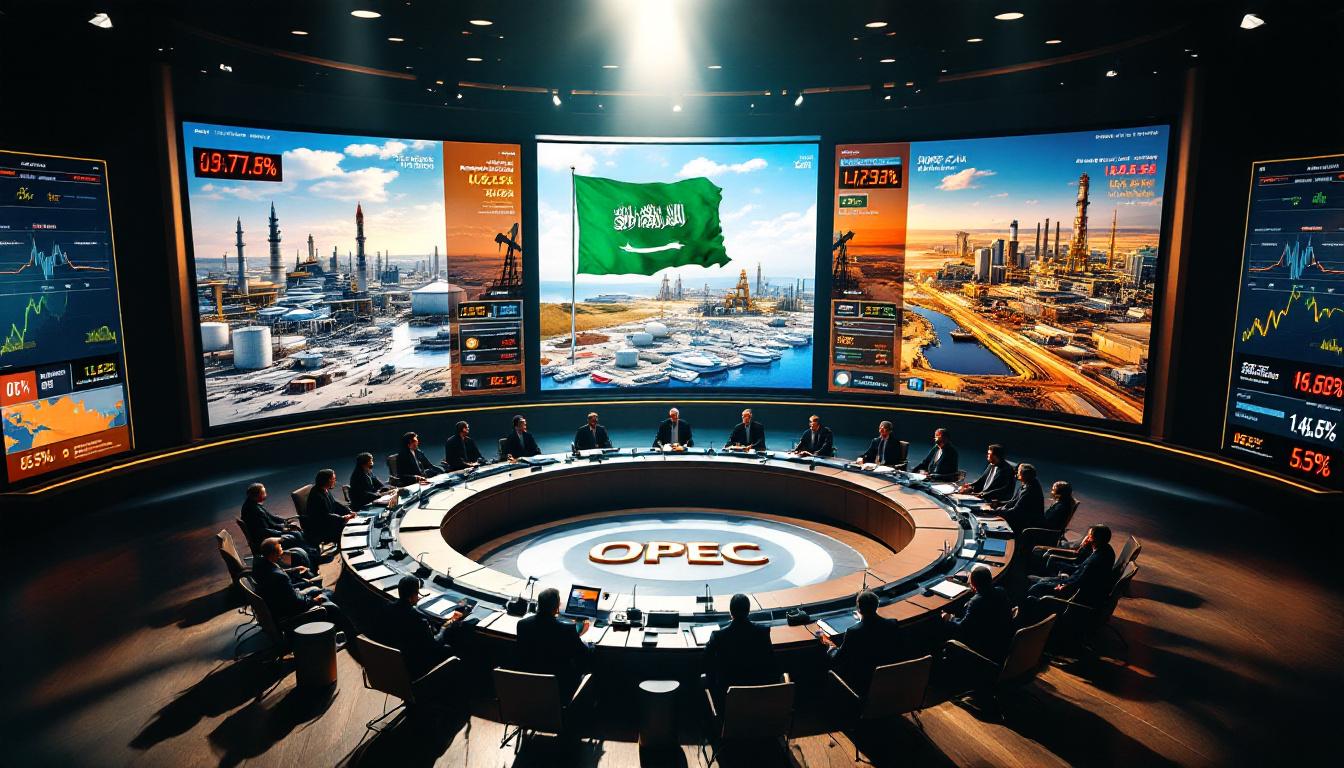Chinese Titanium Dioxide Market in Turmoil: Price Collapse and Export Challenges
The Chinese titanium dioxide industry is experiencing unprecedented turbulence in 2025, with prices plummeting to three-year lows and export markets becoming increasingly restricted. This market disruption is affecting different product grades differently and has forced manufacturers to adopt varying strategies to survive the downturn.
Current Price Analysis and Market Conditions
According to the latest data from Shanghai Metal Market (SMM), Chinese TiO₂ prices have reached critical lows across all product categories:
- Anatase TiO₂: 12,000-12,600 CNY/mt
- Rutile TiO₂: 13,000-14,300 CNY/mt
- Chloride-process TiO₂: 16,000-17,000 CNY/mt
These price points represent the lowest levels since mid-2022, creating significant financial pressure on producers throughout the supply chain.
The current market shows a growing disparity between large and small manufacturers. Major producers maintain relatively higher prices based on superior product quality and established customer relationships, while smaller players are forced to slash prices aggressively yet still achieve less than one-tenth the transaction volume of their larger competitors.
Key Market Characteristics in 2025
The Chinese titanium dioxide market in turmoil is displaying several concerning trends:
- Continuous downward price trajectory since March 2025 with no signs of bottoming out
- Widening price disparities between product grades and manufacturer categories
- Significant inventory accumulation at major manufacturers despite reduced production
- Strategic production cuts implemented primarily by small and medium-sized producers
"The price decline appears relentless as weak domestic demand combines with mounting export barriers," notes SMM's latest market report. "Large manufacturers continue accumulating inventory while smaller producers increasingly cut production to survive."
Why Are Chinese TiO₂ Prices Collapsing?
The current market crisis stems from a perfect storm of domestic and international factors that have disrupted the traditional supply-demand balance in the titanium dioxide sector.
Domestic Demand Weakness
China's internal consumption of titanium dioxide has weakened considerably, creating oversupply conditions. While the SMM data doesn't provide specific consumption reduction figures, the domestic slowdown is evidenced by:
- Reduced activity in construction and manufacturing sectors
- Declining consumption in architectural coatings and plastics industries
- Significant inventory buildup forcing manufacturers to offer price reductions
- Buyer psychology shifting toward delaying purchases in anticipation of further price drops
"Domestic buyers are currently waiting to place larger orders at even lower prices," reports SMM, "creating a feedback loop of further price erosion as producers compete for the limited available orders."
Export Market Barriers
The export situation for Chinese TiO₂ has deteriorated rapidly in 2025, with volumes hitting multi-year lows in May. This export collapse is further exacerbating domestic oversupply conditions.
Key export metrics show:
- Sharp decline in export volumes since April 2025
- Record low shipments in May 2025 across all major destinations
- Price concessions in USD terms being offered by major manufacturers to maintain market share
- Production cuts becoming necessary due to combined domestic and export challenges
Market Note: The confluence of weak domestic demand and export restrictions creates a particularly challenging environment for Chinese TiO₂ producers, as traditional relief valves for oversupply are simultaneously constricted.
How Are International Trade Barriers Affecting Chinese TiO₂ Exports?
Chinese titanium dioxide manufacturers face mounting challenges in their primary export markets, with regulatory, geopolitical, and competitive pressures converging to restrict access.
India Market Challenges
India has traditionally been a crucial export destination for Chinese TiO₂, absorbing approximately 20% of all Chinese titanium dioxide exports prior to 2025. However, several factors have severely restricted this market:
- Anti-dumping duties implemented since February 2025
- Volatile shipping costs undermining price competitiveness
- Increasing market share captured by local Indian producers
- Regulatory preference for domestically-produced titanium dioxide
The loss of the Indian market represents a significant blow to Chinese exporters, removing a critical outlet that previously helped balance domestic oversupply conditions.
European Market Restrictions
Europe presents additional challenges for Chinese TiO₂ exporters:
- Temporary anti-dumping surcharges implemented since September 2024
- Strong market preference for locally-produced chloride-process TiO₂
- Technical specifications that favor Western manufacturing processes
- Quality perception issues affecting Chinese product positioning
European buyers increasingly require significant price concessions to consider Chinese imports, eroding profit margins for exporters. The quality standards and European supply challenges also create non-tariff barriers that are difficult for many Chinese producers to overcome.
Middle East Market Disruptions
The Middle East, once considered a reliable alternative to traditional export markets, has become increasingly problematic:
- Ongoing Iran-Israel conflict disrupting regional shipping routes
- Order cancellations from previously stable Turkish and Iranian clients
- Increased insurance and logistics costs for shipments to the region
- Unpredictable delivery timelines reducing buyer confidence
"The geopolitical tensions in the Middle East have resulted in significant order cancellations from Turkish and Iranian clients," according to SMM analysis, "further limiting export options for Chinese producers."
How Are Different TiO₂ Product Types Performing?
The three main titanium dioxide product categories face distinct challenges and opportunities in the current market environment, with varying degrees of export viability and domestic competition.
Anatase TiO₂: Maintaining Niche Advantage
Anatase TiO₂, priced at 12,000-12,600 CNY/mt, has shown greater resilience than other grades due to several unique factors:
- China's virtual monopoly on global anatase production provides competitive insulation
- Specialized applications in certain coating segments maintain stable demand
- Lower price point preserves relative affordability despite market pressures
- Less susceptible to anti-dumping measures due to limited global competition
"Anatase grade TiO₂ maintains some competitiveness due to China's dominant position in this niche market segment," notes SMM. "Its specialized applications in coatings provide a buffer against broader market volatility."
Rutile TiO₂: Fighting for Market Share
Rutile TiO₂, priced at 13,000-14,300 CNY/mt, represents China's primary titanium dioxide product and faces the most significant competitive challenges:
- Major manufacturers offering USD price concessions to maintain export volumes
- Smaller producers implementing production cuts of 30-50% or complete shutdowns
- Fierce competition from both domestic and international suppliers
- Direct exposure to anti-dumping measures in key markets
This segment has witnessed the most aggressive pricing strategies as manufacturers attempt to maintain market share despite deteriorating conditions. The price range within this category has widened considerably as quality differentials become more pronounced.
Chloride-Process TiO₂: Quality Gap Challenges
Chloride-process TiO₂, commanding premium pricing at 16,000-17,000 CNY/mt, faces unique structural challenges:
- Technological and quality disadvantages compared to Western producers
- Focus on maintaining relationships with existing clients rather than expansion
- Strategic development of new partnerships in emerging markets less affected by trade barriers
- Premium pricing increasingly difficult to justify in cost-sensitive markets
"Chinese chloride-process producers are prioritizing long-term client relationships and exploring new market partnerships," according to SMM, "while confronting persistent quality perception challenges in established markets."
What's the Future Outlook for Chinese TiO₂?
The titanium dioxide market in China faces continued uncertainty, with several factors likely to influence price stability and recovery potential in the coming months.
Short-Term Market Projections
Industry analysts at SMM anticipate several developments in the near term:
- Prices expected to remain weak but gradually stabilize in Q3 2025
- Production cuts slowly addressing oversupply conditions
- Inventory digestion requiring extended timeframes even with reduced output
- Domestic buyers likely to increase purchasing once prices establish a clear bottom
"Production cuts are gradually addressing oversupply, but inventory digestion will take time," notes SMM's analysis. "The market expects continued weakness with potential stabilization as inventories normalize."
Long-Term Industry Adaptation
The Chinese titanium dioxide industry is likely to undergo structural changes in response to current challenges:
- Development of new cooperation models between manufacturers and buyers to enhance stability
- Potential industry consolidation as financially vulnerable producers struggle to survive
- Increased investment in quality improvements for chloride-process technology
- Diversification strategies to reduce dependency on restricted export regions
These adaptations will be necessary for the industry to regain stability and competitiveness in both domestic and international markets. Furthermore, China steel market challenges in related sectors are compounding the difficulties faced by materials producers. The most resilient companies will be those that can maintain quality standards while managing costs effectively during the downturn.
The global impact of these market disruptions cannot be understated, as the US tariffs impact reverberates through supply chains worldwide. A comprehensive tariff impact analysis suggests that trade barriers are creating ripple effects across multiple industrial sectors.
Disclaimer: The market projections contained in this article are based on current conditions and expert analysis from Shanghai Metal Market. Actual market developments may vary based on changing economic conditions, regulatory environments, and geopolitical factors.
FAQ About the Chinese Titanium Dioxide Market
What factors are driving TiO₂ prices to three-year lows?
The price collapse stems from weak domestic demand in key sectors like construction and manufacturing, coupled with significant export barriers in markets like India and Europe. Anti-dumping measures in major export destinations have further restricted market access for Chinese producers, creating oversupply conditions that drive prices down.
How are Chinese TiO₂ manufacturers responding to the crisis?
Responses vary significantly by company size and product type. Large manufacturers are maintaining higher prices based on superior quality and stable customer relationships, while smaller producers are cutting prices aggressively to survive. Many have implemented production cuts ranging from 30-50% to reduce inventory pressure and stabilize the market.
Which export markets present the greatest challenges for Chinese TiO₂?
India has implemented anti-dumping duties since February 2025, effectively closing a market that previously absorbed 20% of Chinese exports. Europe has imposed temporary anti-dumping surcharges since September 2024 and shows strong preference for locally-produced chloride-process TiO₂. Middle Eastern markets are disrupted by regional conflicts affecting shipping routes and driving order cancellations.
What distinguishes the three main types of titanium dioxide products?
Anatase TiO₂ (12,000-12,600 CNY/mt) serves niche coating applications and is primarily produced in China, giving it some insulation from market pressures. Rutile TiO₂ (13,000-14,300 CNY/mt) is China's main product and faces the most competitive pressure from both domestic and international suppliers. Chloride-process TiO₂ (16,000-17,000 CNY/mt) commands premium pricing but struggles with quality perception issues compared to Western alternatives.
When might the Chinese TiO₂ market begin to recover?
While production cuts are gradually addressing oversupply, inventory digestion will take time even with reduced output. Prices are expected to remain weak but stabilize in Q3 2025, with potential recovery dependent on China demand prospects and resolution of international trade barriers. Buyer psychology will play a crucial role, as many are delaying purchases while anticipating further price drops.
Want to Spot the Next Major Mineral Discovery?
Discover why major mineral discoveries can lead to significant market returns by exploring Discovery Alert's dedicated discoveries page, where their proprietary Discovery IQ model delivers real-time alerts on significant ASX mineral discoveries, converting complex data into actionable investment insights. Start your 30-day free trial today at https://discoveryalert.com.au/discoveries/ to position yourself ahead of the market.




